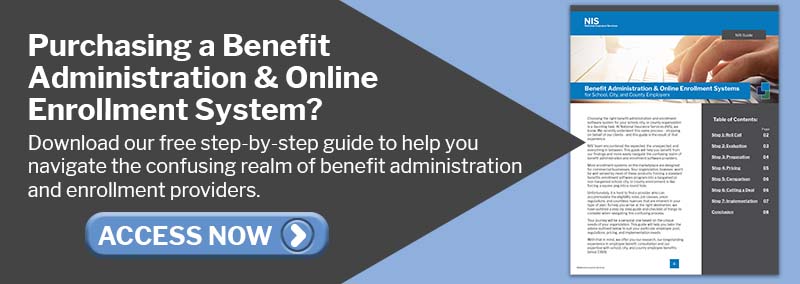5 minute read
The workplace has been changing faster than anyone could have predicted. While the COVID-19 pandemic is largely responsible, various technological advancements and social movements have also played a role. The rapid changes have created and exposed some workplace challenges which are likely to continue for the foreseeable future. Due to the speed and number of challenges, many HR professionals have been unable to keep up and respond appropriately.
Here are a few of the top HR challenges employers face in 2022.
Attraction and Retention
Attracting and retaining employees has been a persistent challenge for employers since the onset of the pandemic. According to Zywave’s 2022 Attraction and Retention Benchmark Overview, over 75% of employers reported they considered attraction and retention a top-five business challenge for their organization. And over 80% of employers expect these challenges to continue through 2022.
With a tighter labor market, employers are struggling to recruit and hire new workers vs. retaining existing ones. At the same time, attrition is increasing as workers seek new opportunities and reconsider how work fits into their lives.
HR professionals are addressing retention issues by ensuring employees are happy and fulfilled in their current roles. Employers who cater to their employees’ needs show that they care, which can create a better work environment and improve employee retention.
Here are some common strategies HR professionals are implementing:
- Investing in career development opportunities
- Offering a flexible workplace
- Creating a strong company culture
- Focusing on employees’ mental health and well-being
- Providing competitive compensation and benefits
Mental Health and Well-Being
Employee mental health and well-being is potentially one of the biggest HR challenges employers currently face. According to a recent Harvard Business Study, more than 85% of employees said their workplace well-being has declined since the start of COVID-19. Various reasons have been cited including feelings of isolation, stress, disconnection, and job demand.
Employers who prioritize employee mental health and well-being can stave off drops in productivity and support workers, which can improve employee retention.
Many HR professionals are prioritizing their employees’ mental health and well-being by:
- Helping employees find work-life balance
- Giving employees resources and information on mental health and well-being
- Building a culture which supports mental health and well-being
- Providing employees with manager support when struggling with mental health and well-being
Remote and Hybrid Work
Many workforces moved to remote work environments during the COVID-19 pandemic. As some return to the office, many continue to work remotely either full or part time. More than half of all U.S. workers will be either fully remote or hybrid employees in 2022.
HR professionals are focusing on creating a sustainable work model that meets the needs of the business and employees. Adapting processing and policies to support remote and hybrid work is critical for a successful transition to the new standard. Employers can provide tools and strategies to ensure employees remain productive while working from home.
Diversity and Inclusion
Due to many social changes, the call for a diverse and inclusive workplace is very strong. According to a 2019 McKinsey study, employers with diverse executive teams post larger profit margins than employers with less diverse teams. Those employers who implement diversity and inclusion programs tend to benefit from increased innovation, improved business outcomes, and enhance visibility in the marketplace.
HR professionals can use the following strategies to address challenges surrounding diversity and inclusion:
- Establish diversity and inclusion teams
- Providing diversity and inclusion training for managers
- Creating mentorship programs to increase diversity and inclusion
- Adjusting search and screen processes for job candidates
While these challenges will likely trend for the foreseeable future, employers may want to implement impactful strategies to address and respond to them.
Download the bulletin for more details.
This blog is intended to be a compilation of information and resources pulled from federal, state, and local agencies. This is not intended to be legal advice. For up to the minute information and guidance on COVID-19, please follow the guidelines of the Centers for Disease Control and Prevention (CDC) and your local health organizations.

